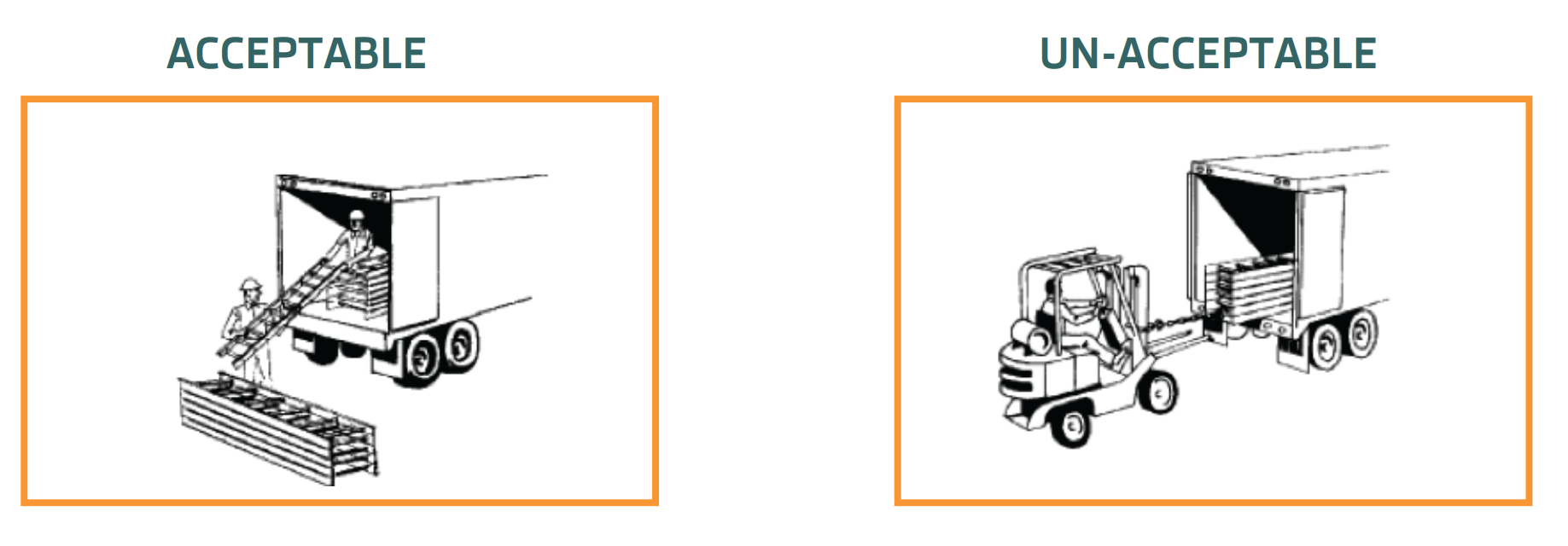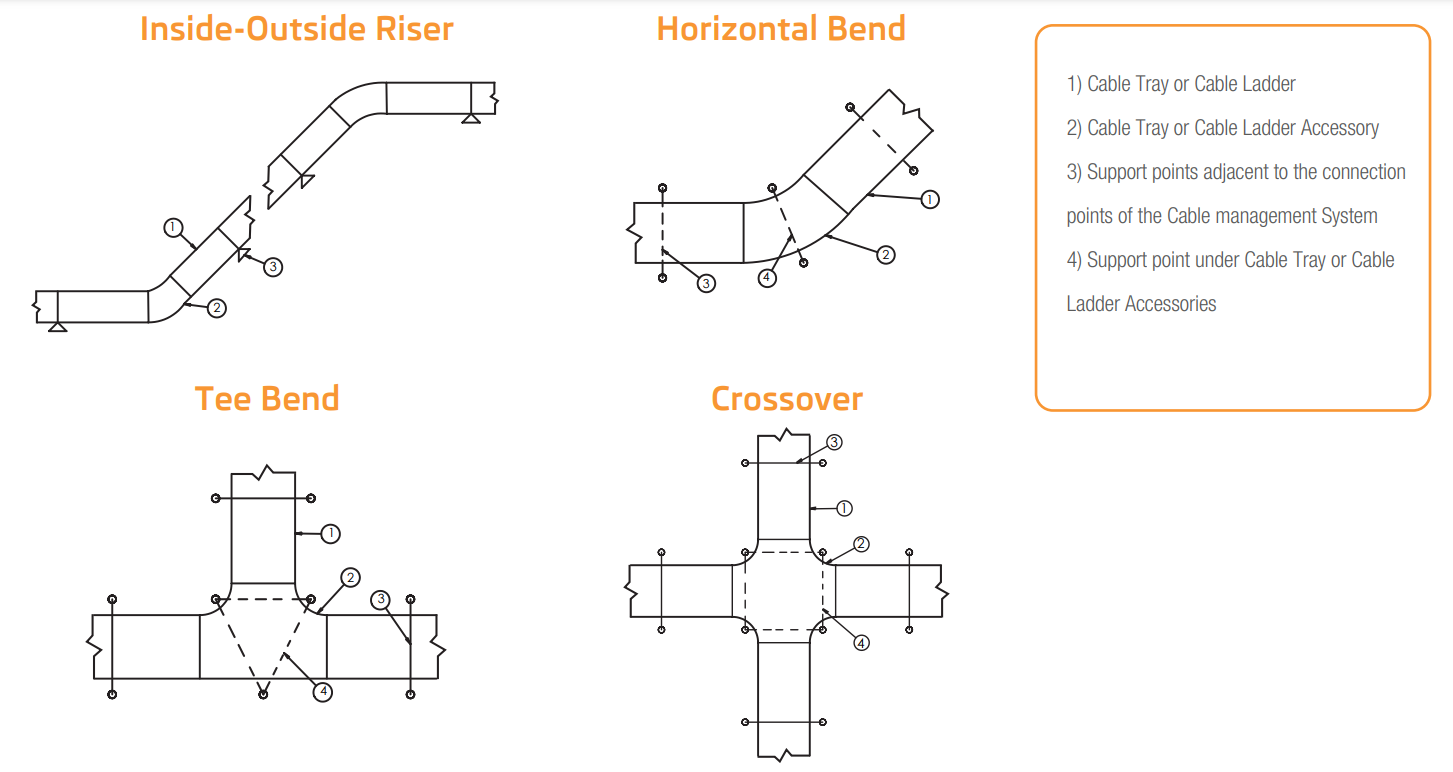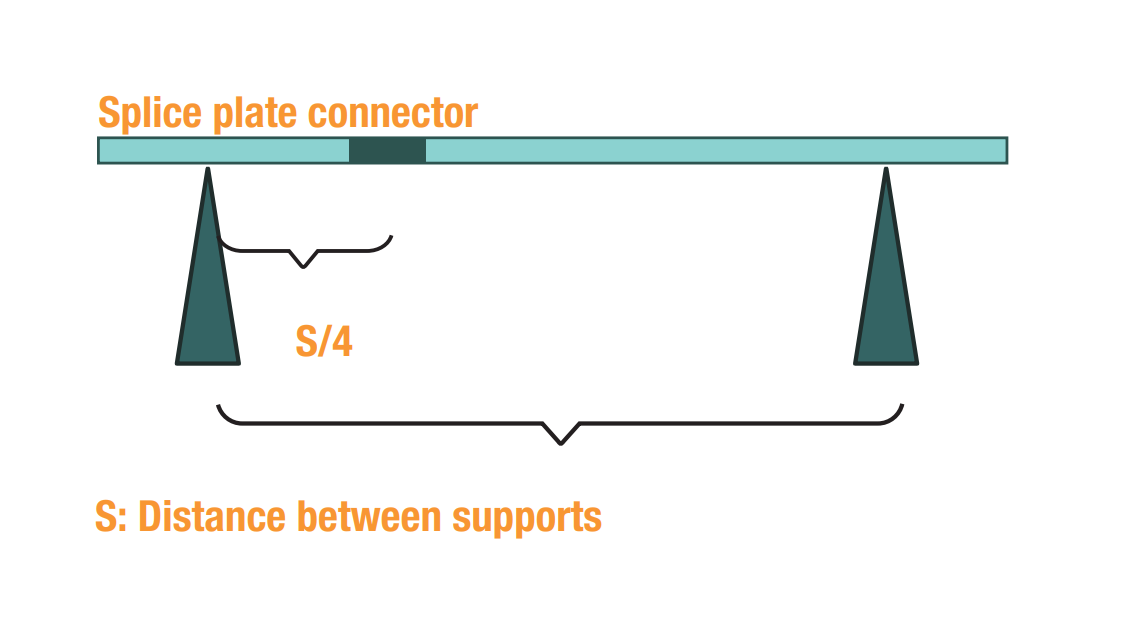1- CABLE TRAYS GENERAL INFORMATION AND INSTALLATION GUIDE
General information of Kıraç Metal Cable Trays and installation guide are arranged in accordance with IEC 61537
standards and this document has been prepared for benefit of cable tray users.
WARNING: Do not use a cable tray as a walkway, ladder or support for people. Cable tray is a mechanical
support system for cables and raceways. Using cable trays as walkways can cause personal injury and also
damage cable tray and installed cables.
Performances of cable tray systems are dependent on its proper installation, including supports and cables.
Neglecting installation and maintenance guidelines may lead to personal injury as well as damage to property.
Installation and maintenance of cable tray systems shall be conducted only by qualified personnel and responsible
persons should be trained properly. During installation, the necessary safety practices shall be implemented and
protective equipment such as insulated rubber gloves, hard hat, safety glasses or face shields, dust mask should
be used.
Cable management systems should be selected in accordance with required loading capacity. Therefore, cable
loads planned to be added to the system in the future shall also be considered while selecting a cable tray or
cable tray support system.
A) GENERAL INFORMATION
Receiving and Unloading
Cable tray is generally bundled and shipped via motor freight, except for export shipments that could be loaded in
containers. Accessories and small components are boxed and often skidded. During receiving and unloading of
cable trays, some cautions should be considered as shown in the pictures below.

If the vehicle isn’t suitable for uploading by forklift as indicated in the picture below, it should be hand unloaded.
To prevent damage to cable trays, never pull cable tray from truck trailer by chaining to bottom rung and dragging
out of trailer. If hand unloaded, workers should wear gloves and steel toed footwear.

Storage
Hot dip galvanized and stainless-steel cable trays can be stored without cover but should be loosely stacked,
elevated off the ground and ventilated to prevent storage stain. If appearance is important, cable tray should be
stored indoors to prevent water or other foreign materials from staining or adhering to cable tray.
B) INSTALLATION
Cable tray systems are to be installed so they are accessible. If possible 300mm minimum should be left above or
between installed systems to allow for cable installation and maintenance. There should be electrical continuity
connection between each cable tray and cable tray system shall be bonded to building steel and earth at least
every 18 meters.
Supports for cable trays should provide strength and working load capabilities sufficient to meet the load requirement of the cable tray system. Consideration should be given to the loads associated with future cable additions or
any other additional loads applied to the cable tray system or the cable trays support system.
Installation of Cable Trays
Kablo kanalı sistemleri erișilebilir șekilde kurulmalıdır. Kablo döşenebilmesi ve bakımı için, eğer mümkünse yukarıdan ve diğer montajlanmış sistemlerden yaklaşık 300mm boşluk bırakılmalıdır. Her bir kablo kanalı arasında elektriksel süreklilik bağlantısı bulunmalı ve kablo kanalı sistemi en az 18 metrede bir yapı çeliğine bağlanarak topraklanmalıdır.
Kablo taşıma sistemleri, kablo kanalı sisteminin yükleme gereksinimini karșılamaya yetecek mukavemete sahip olmalıdır. Gelecekteki kablo eklemeleriyle ilgili yükler ve kablo kanalı sistemine veya taşıma sistemine uygulanan diğer ek yükler de dikkate alınmalıdır.
WARNING: Do not cut or drill structural building members (e.g. I-beams) without approval by the general contractor. In order to install the cable tray supports, first find the required elevation from the floor to the bottom of the
cable tray and establish a level line with a laser or a nylon string.
Installation of Accessories
Bending radius of accessories are determined depending on the bending radius of installed cables. Manufacturers
define minimum bending radius for each cable. Radius of accessory should be equal or greater than min. bending
radius of the largest cable. When many cables are installed in the same cable tray, the biggest bending radius
should be considered to make easier installation. Support distance that should be placed after bending is shown in
the drawings below. Supports should be placed maximum 600mm away from all outputs of the bending.

Installation of splice plate (IEC 61537 7.3j)
Planning the locations of splice plate connectors is difficult, however it is important to be aware of this fact.The least beneficial location of splice plate connectors is the midpoint of the gap or the immediate upper part of the support. Installing splice place connectors to these two points should be avoided particularly at the end gaps. If possible, splice plate connector should be installed to the ¼ of the length of the gap between the supports. 
Separator Requirement
Separators are used to separate cable systems such as when cables above or below 600 volt installed in the same
cable tray. However, when MC type cables are installed in the same cable tray with cables rated 600 volt or less
no separator is required. Separators should be made of the same material as the cable tray. When ordering
separator, the height must match the loading depth of the cable tray into which it is being installed.
Future Expansion Requirement
In the future many cables can be added on the existing cable tray system. When selecting a cable tray, future
expansion requirement should be considered, and allowance should be made for additional fill area and load
capacity. A minimum of %30 expansion allowance is recommended.

